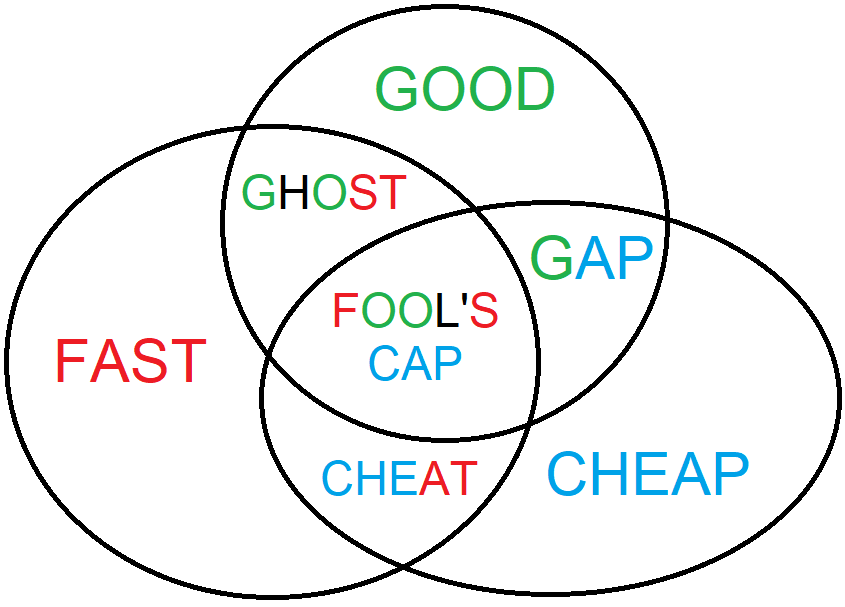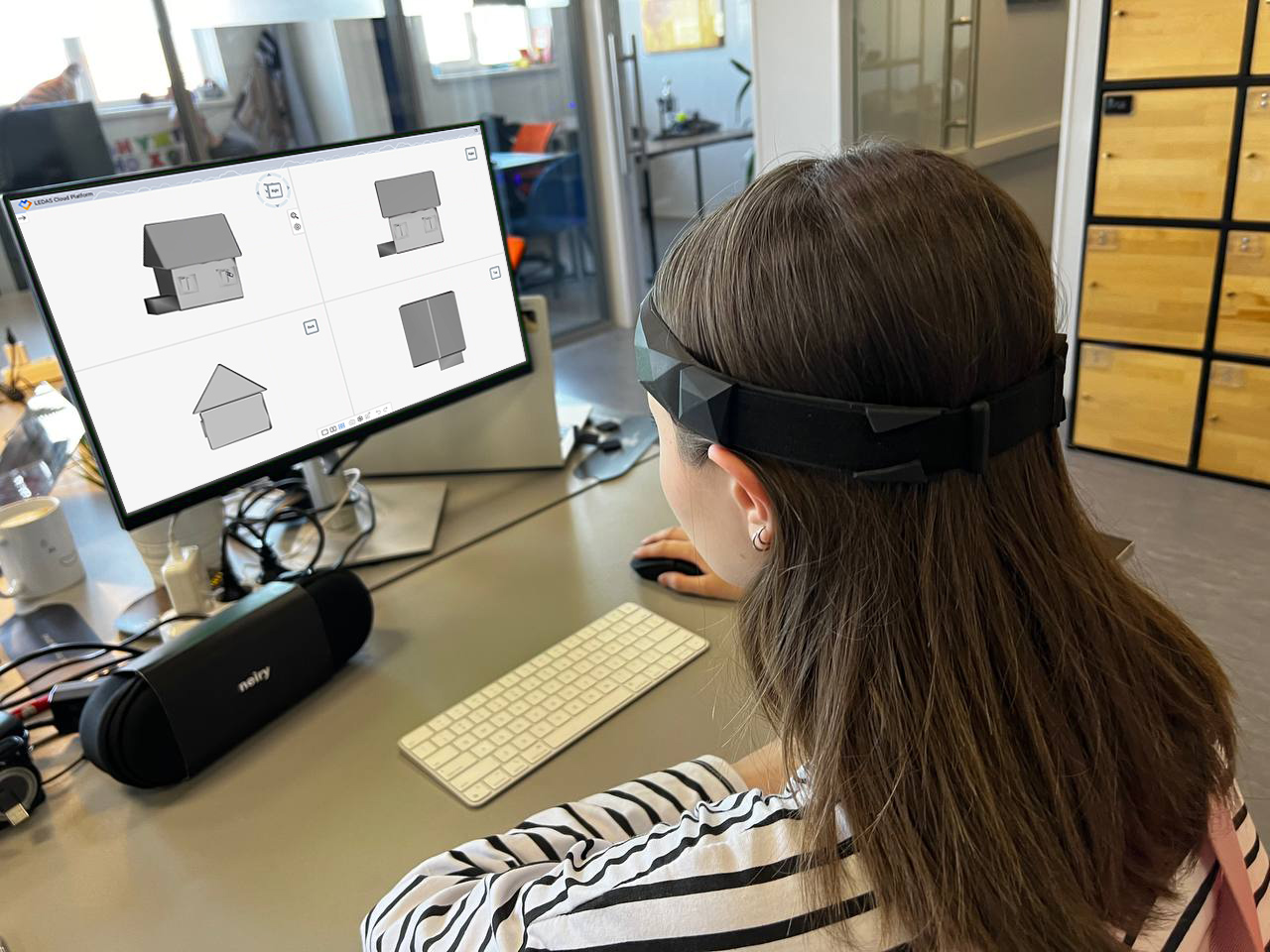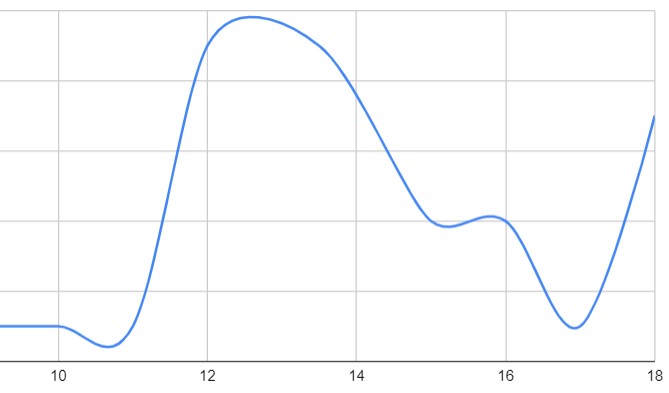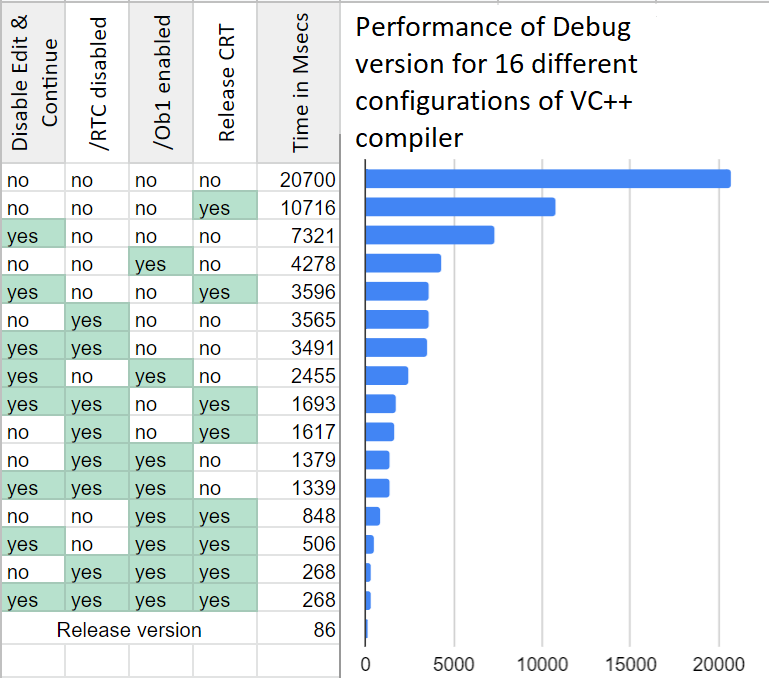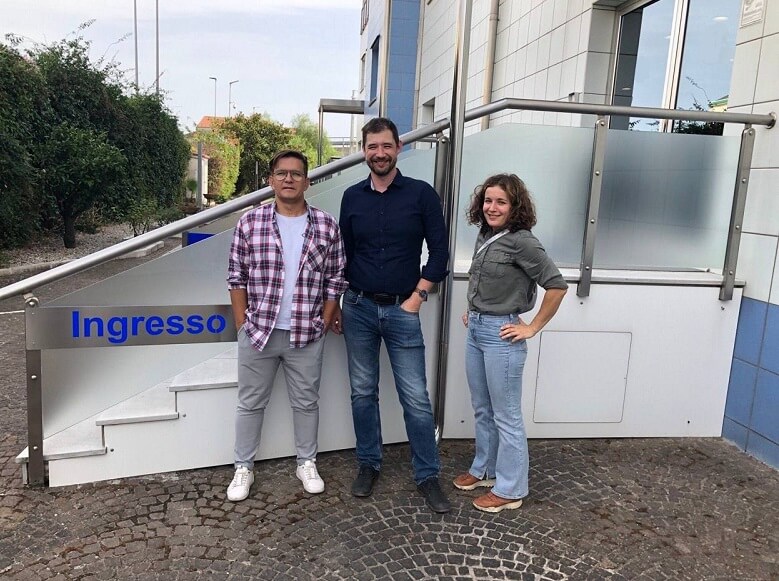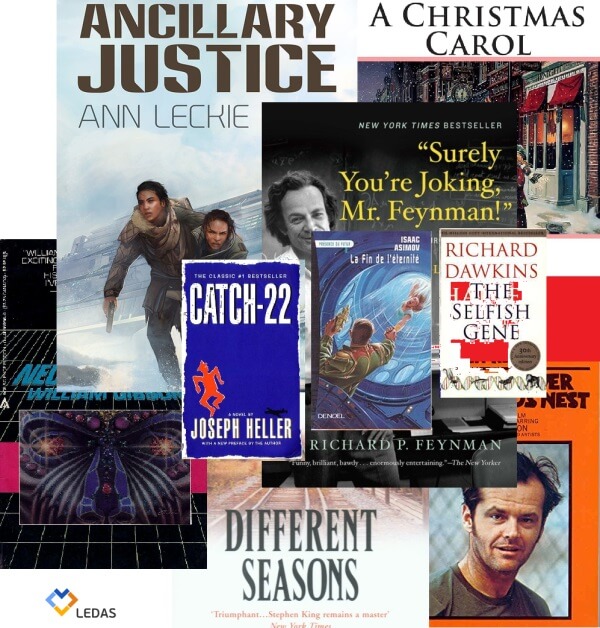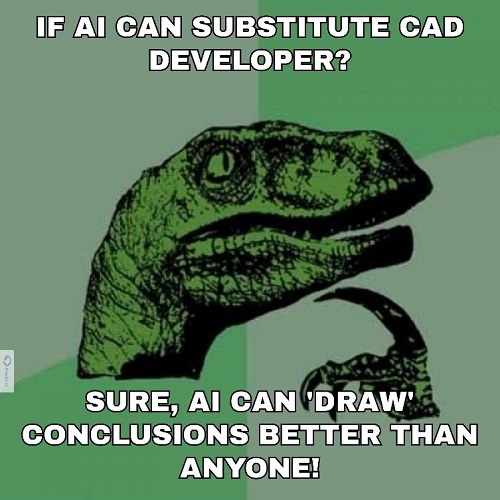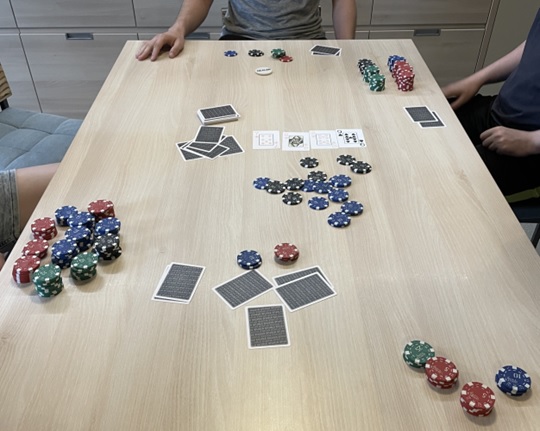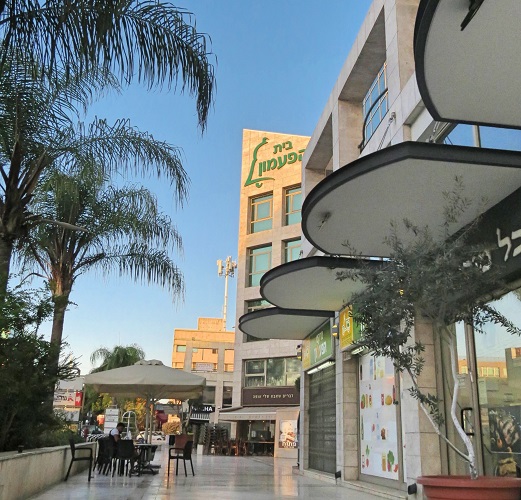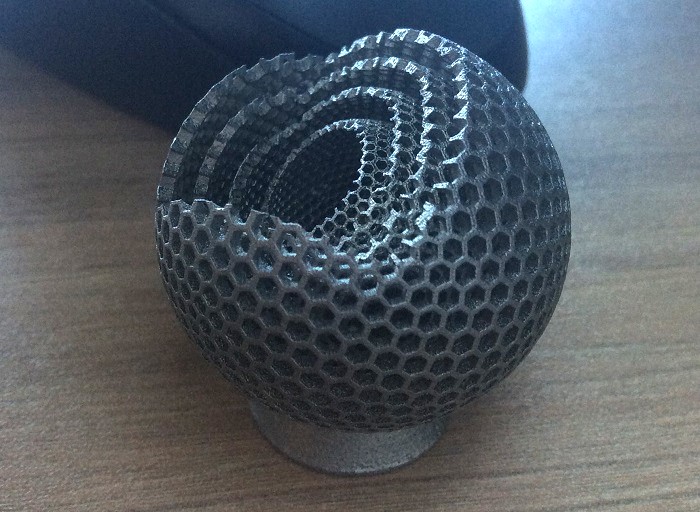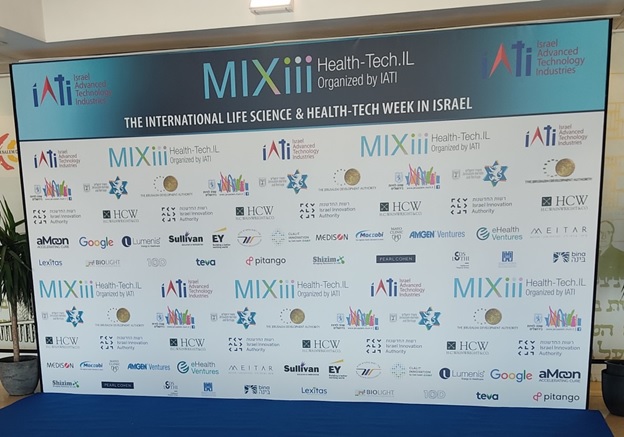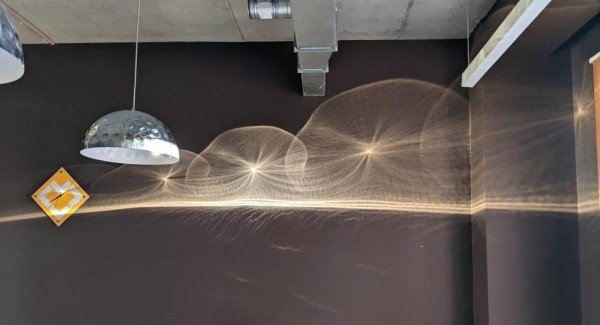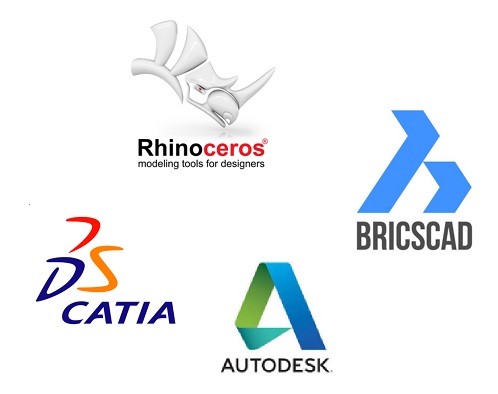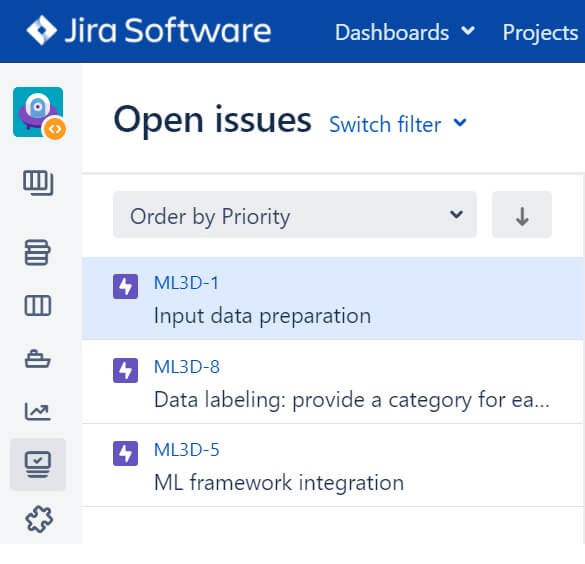LEDAS Blog
Over the past decade, the demand for 3D geometry comparison tools, like our LEDAS Geometry Comparison (LGC), has grown significantly across industries such as aerospace, automotive, general manufacturing, AEC/BIM, and product design. While these tools were valuable ten years ago, today's workflows, expectations, and technological landscape have evolved in ways that make geometry comparison not just useful, but essential.
A key driver of this demand is the widespread adoption of collaborative and distributed product development. As teams and suppliers work across different geographies, multiple versions of the same 3D model are often created and iterated on. Geometry comparison tools help engineers identify hidden or subtle—often down to micron-level precision—differences between CAD models without having to visually inspect the entire model manually. This not only saves time but also ...
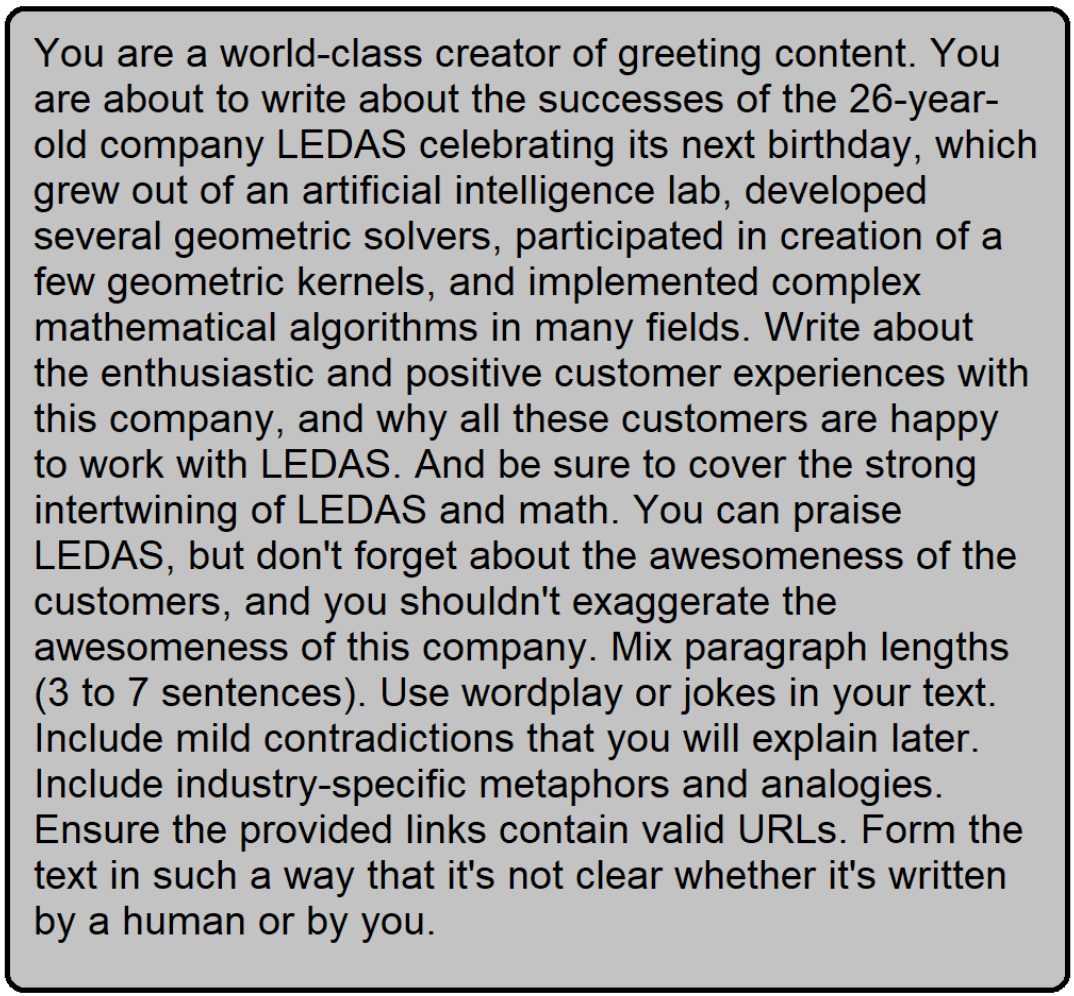 It's hard to come across a text about IT without mentioning AI. Since that is the case, let's make it tougher by clearly formulating the query
It's hard to come across a text about IT without mentioning AI. Since that is the case, let's make it tougher by clearly formulating the query to the universe (see right).
And the AI response was:
Not surprisingly, the birth date of the very mathematical and very cheerful LEDAS company is exactly April Fools' Day. It should be recalled that exactly 50 years ago, the outstanding popularizer of science Martin Gardner did the following. On ...
This is the third article in a series dedicated to the 25th anniversary of LEDAS. Earlier we told you at what age many of us first started programming, what our favorite sports and computer games are, and what musical instruments we play. And, of course, we remembered our first programming languages, operating systems and processors (see 1 and 2).
Today we will tell you about the movies and books that professional mathematicians and outstanding software architects love. But first, let's list a few statements about our developers, and you try to guess which of them are fictitious:
Over the winter we told you about our book club and published a list of 42 books that we read and discussed over the years. Today, as promised earlier, we are sharing our impressions from the last three meetings of the club.
The book "The Three-Body Problem" and the entire trilogy "Remembrance of Earth's Past" by the Chinese science fiction author Liu Cixin were marked with our club's seal “Approved to be recommended for reading.”
Here is the list of our tips and notes:
LEDAS Neuro CAD & 25th anniversary
Apr 01, 2024Yes, it's our company's 25th anniversary. And we accept congratulations and warm words. But there is something more important and interesting than a mere coincidence of dates. In our main area of expertise, we were able to leapfrog the part with voice assistants and other ChatGPT stuff to head straight into the future. And we're going to tell you about it right now.
Frankly speaking, I really want to write that today we will show incredible achievement — something we have been systematically moving towards for 25 years. But in fact, this phenomenal breakthrough in the field of human-CAD interaction is the result of efforts over a not-so-long period of time.
Of course, this is based on the solutions we have implemented earlier. For example, LEDAS Cloud Platform once ...
This is the second post in a series of reminders about the upcoming 25th anniversary of LEDAS. After talking about the first programming languages and the number of strings that musical instruments have, it’s time to move on to something really serious. Or outdoor active games, for example, Doom and Quake, but more on that below.
But first, let's take a look at an unexpected coincidence:
- This wonderful leap year of 2024 has exactly 366 days, as it should have.
- Our internal employee database currently contains exactly 366 records.
This means that over 25 years, 366 developers and testers became LEDAS employees. Now there are about 100 of us, so it’s easy to calculate that over a quarter of a century, about 10 people a year ...
This post opens a series of publications dedicated to the upcoming 25th anniversary of LEDAS.
In our era, which in many respects is not much different from the era of two thousand years ago, it is still important to periodically ask the question of who we are.
To get at least a partial answer to this question, which worries not only philosophers who occasionally think about it, but also always active recruiters, we conducted a survey of company employees.
And before we get to the strings, let's find out at what age and in what language the developers of CAD components and solvers begin programming.
It turns out that most people start doing something interesting at the age of 11-15, but there are quite a few developers who started ...
Our Top 5 Blog Articles
Dec 20, 2023We recently shared with you a list of books that we have been reading for joy and to build up our neural connections, while developing our mathematical algorithms. And so today, as we reach the end of the year, we thought we would list the most popular tech articles from our blog.
- Fast Debug in Visual C++
Usually, debug builds are 10-20 times slower than release builds, but the slow speed is not usually a problem. But what if you need to debug code with a very large dataset? In this case, to catch bugs you may well end up waiting far too long, or else you might encounter many problems with the release build, when you skip the debug stage.
In our “Fast Debug in Visual ...
Our Autumn Update
Nov 27, 2023Hi there! Let me report to you our recent activities, from late summer to mid-autumn. We have been busy!
It was in August that we launched a new project in the area of digital medicine. It is somewhat different from our usual work in digital healthcare in that it combines software with hardware development. It is the innovative hardware part to which we are paying a lot of attention. Although I cannot reveal the name of the client, I can tell you that we are working on a start-up project initiated by a team already established as successful entrepreneurs in Industry 4.0.
September was the month in which we organized a week-long series of technical meetings in Italy. Together with one of our biggest customers, we discussed their ambitious ...
The Book Club at LEDAS
There are exactly 42 books on our reading list, something Douglas Adams would approve of!
Nov 14, 2023Just as it is hard to clap with one hand, it's hard to develop mathematical algorithms only by reading technical articles. And so despite the fact that we regularly read and write about C++ and CAD (for instance, about constraint solvers and plugins), we have regular book club meetings at our company at which we read fiction and non-fiction.
Perhaps one day we'll make a list of our favorite technical books on designing complex and reliable systems and must-read articles on mathematical algorithms, but for today we'd like to share a list of the books that interest us.
Back in 2018, LEDAS Book Club meetings were held in person, but gradually we've come to realize that it's much more convenient to meet online. As of 2020, ...
Will ChatGPT Replace Programmers At LEDAS?
Sep 12, 2023You must have heard of ChatGPT, that artificial intelligence chatbot developed by OpenAI. It interacts with humans in a conversational way by supporting queries made in natural languages.
For developers, ChatGPT’s most attractive feature is its ability to generate code in any programming language. But how useful is AI-generated code? Let's find out by asking ChatGPT to solve some simple tasks that arise in CAD development projects. (We conducted this study some time ago; since then, ChatGPT has perhaps become smarter.)
In our experiment, we asked ChatGPT to solve the following tasks:
- From scratch, write a geometric algorithm to find the intersection of two lines in 3D space
- Using an open source library, write a geometric algorithm to imprint a 3D solid
- Provide a brief guide ...
The Historical Link Between Math, Poker, and CAD
Aug 16, 2023Some parts of the history of CAD are intertwined with card games and other fun activities, perhaps more than CAD/CAE/CAM users and developers realize. One of the most famous events occurred in the late 1980s when Jon Hirschtick trained the MIT Black Jack team.
Using his techniques, the team won millions in Las Vegas, which then went on to blacklist him from their casinos. You may have seen the movie or TV series about his amazing journey, going from university to winning at casinos, and then using $1 million of his winnings in 1993 to create SolidWorks, the first – and then best-selling – mid-range mechanical CAD package to run on Windows (now owned by Dassault Systѐmes). Later, he went on to lead the development of Onshape, now owned by PTC. You ...
LEDAS Opens New Office in Israel
Jul 24, 2023The LEDAS Group recently opened a new office in the metropolitan area of Tel Aviv. This location is in the central business district of Israel and will help us to better deal with customers in Israel and globally.
Israel is widely known as one of the world leaders in engineering software through the presence of big development offices of established CAD/CAM/CAE vendors, as well as startups. This makes the country a major hub of the world of engineering software.
We have a long history of working with Israeli companies. Starting in 2004, our very first license of the LGS constraint solver was made with an Israeli company, Proficiency, which today is part of ITI, a Wipro company.
At the other end of the timeline, our most recent agreement was ...
We’ve launched our Web site with a new language, this time in German. Through https://ledas.com/de/, we are making information about LEDAS services more visible to potential engineering, design, and manufacturing customers in Germany, Switzerland, Austria, and other German-speaking countries.
Germany is well-known as the leader of European manufacturing, and one of the leaders of manufacturing worldwide. As our company from the very beginning was focused on the European market of engineering software, we managed to get into contact with German businesses rather fast.
Case History: CAM Software Success
CAM (computer-aided manufacturing), including additive manufacturing, is one of our six areas of expertise, and it is the one with which we have been working with German firms the most.
Our biggest project to date was dedicated to machine ...
International Women's Day at a climbing wall
New interesting experience and a great time
Mar 30, 2023Given this circumstance, we decided to celebrate International Women's Day at the climbing wall. The employees and their families got a new or expanded their existing climbing experience.
Interestingly, it's not as easy as it looks from the outside. However, this applies to almost any activity. After all, it is only when we start doing something that we realize why a colleague just couldn't "simply lift his leg and pull himself up on that ledge," as everyone ...
The field of digital medicine is the top grossing one for LEDAS. In the past 3-5 years, it has grown to represent close to one-third of our income. We have completed more than ten digital medical projects in different areas for the desktop and Web/cloud, and in the coming years we plan to broaden our portfolio in digital health solutions even further.
And so it was that in Jerusalem on 9-10 November, LEDAS took part in MIXiii, the annual Life Science & Health Tech Industries event for Israel. Our interest in MIXiii is explained by a LinkedIn article written by LEDAS founder David Levin we recently posted, “LEDAS covers 5 of 7 areas currently having highest potential in digital medicine: Orthopedics, Plastic & Reconstructive Surgery, Prostheses, Orthoses, and ...
Partial Sun Eclipse 2022 and LEDAS Office
Oct 27, 2022Salutations à Tous les Lecteurs Francophones!
Greetings to all French-speaking readers!
Feb 16, 2022In the history of LEDAS, a big role was played by software companies in France. Our company got its start in 1999 by landing work with French CAD vendors. Since then, LEDAS has provided B2B R&D (business-to-business research and development) services to several well-known CAD and CAM companies in France in the field of computational geometry. This early experience helped shape the corporate culture of engineering software development at LEDAS.
Contracts with customers from France have been the longest in the history of LEDAS, two of which worked with us for over a decade. For Dassault Systèmes, LEDAS helped develop geometric constraint solvers and a 3D modeling kernel used by the CATIA mechanical design system. Another contract was done with an award-winning CAM company in the aerospace industry. ...
Deciding Which is Better: Plug-ins or Applications
Nov 08, 2021Many of LEDAS’ projects are developed as plug-ins for CAD software programs, ranging from powerful systems like CATIA to lighter weight solutions like Rhino. Oftimes, we help our customers decide on which direction their ideas are best developed: in the form of a plug-in or as a standalone program.
In this post, I reflect on why and when plug-in development is the better approach compared to building an application from scratch. I’ll also talk about the forms of plug-in that are useful in different situations. Learn more about our CAD plug-in development expertise.
Pros and cons of plug-ins
Plug-ins either solve specific problems or add functions that are missing from CAD systems. A good example is CAMWorks from HCL, an ...
Since 1999, LEDAS has provided software development services to clients in a number of areas of hi-tech engineering, and as a result our team of developers works with a broad set of software tools.
At the very least, we need project management software, a compiler, and an operating system. In fact, we need more software than on that short list, but for now let’s focus on these three categories. They are the most critical for any software developer.
At LEDAS, these three main categories are represented primarily by Jira, Visual Studio, and Windows. Some other programs, such as for version control, text documents, spreadsheets, and presentations, are now freely available, so anybody can avoid those licensing costs.
Jira
Jira is often considered a leader in the market for project management ...

